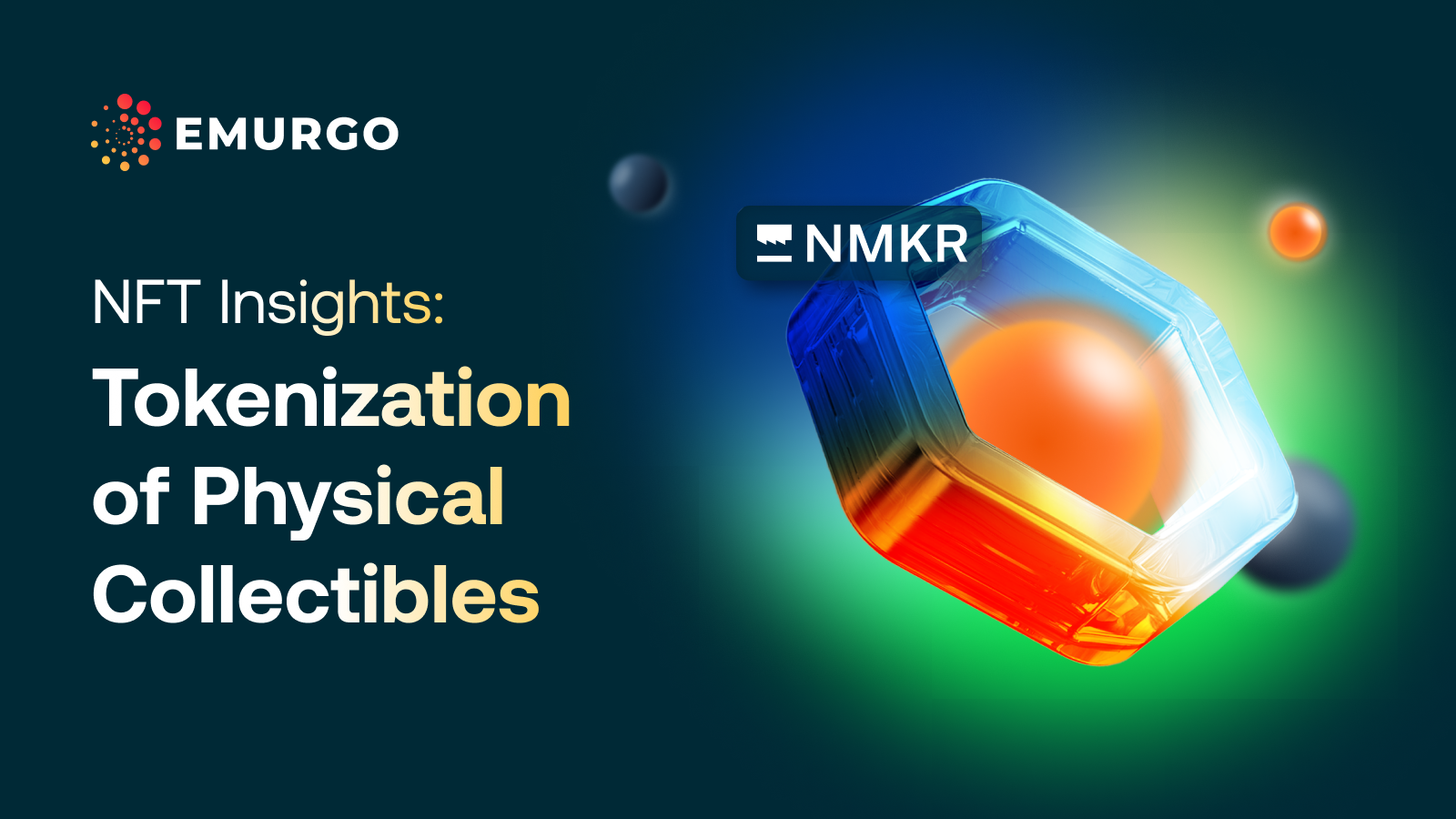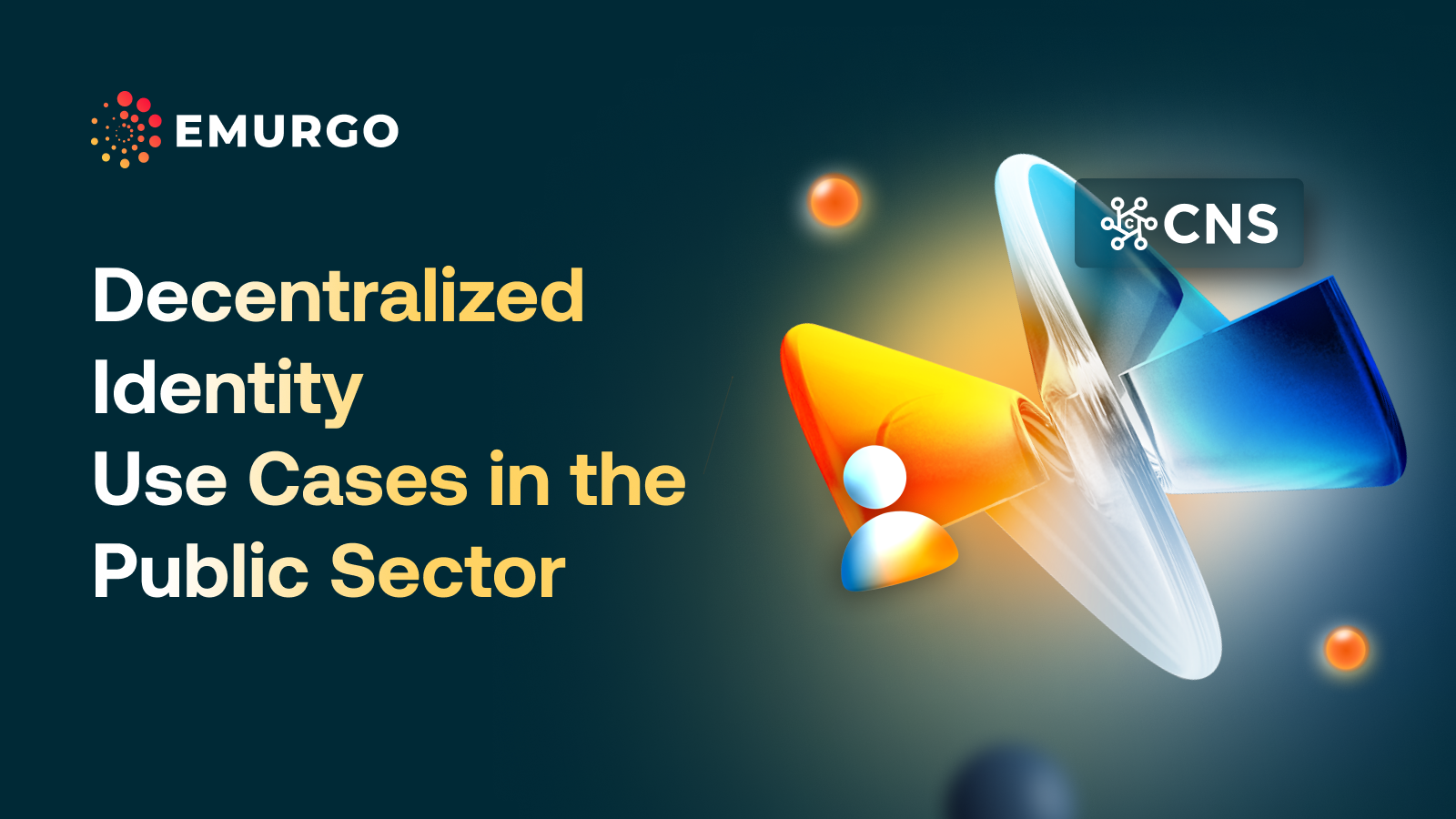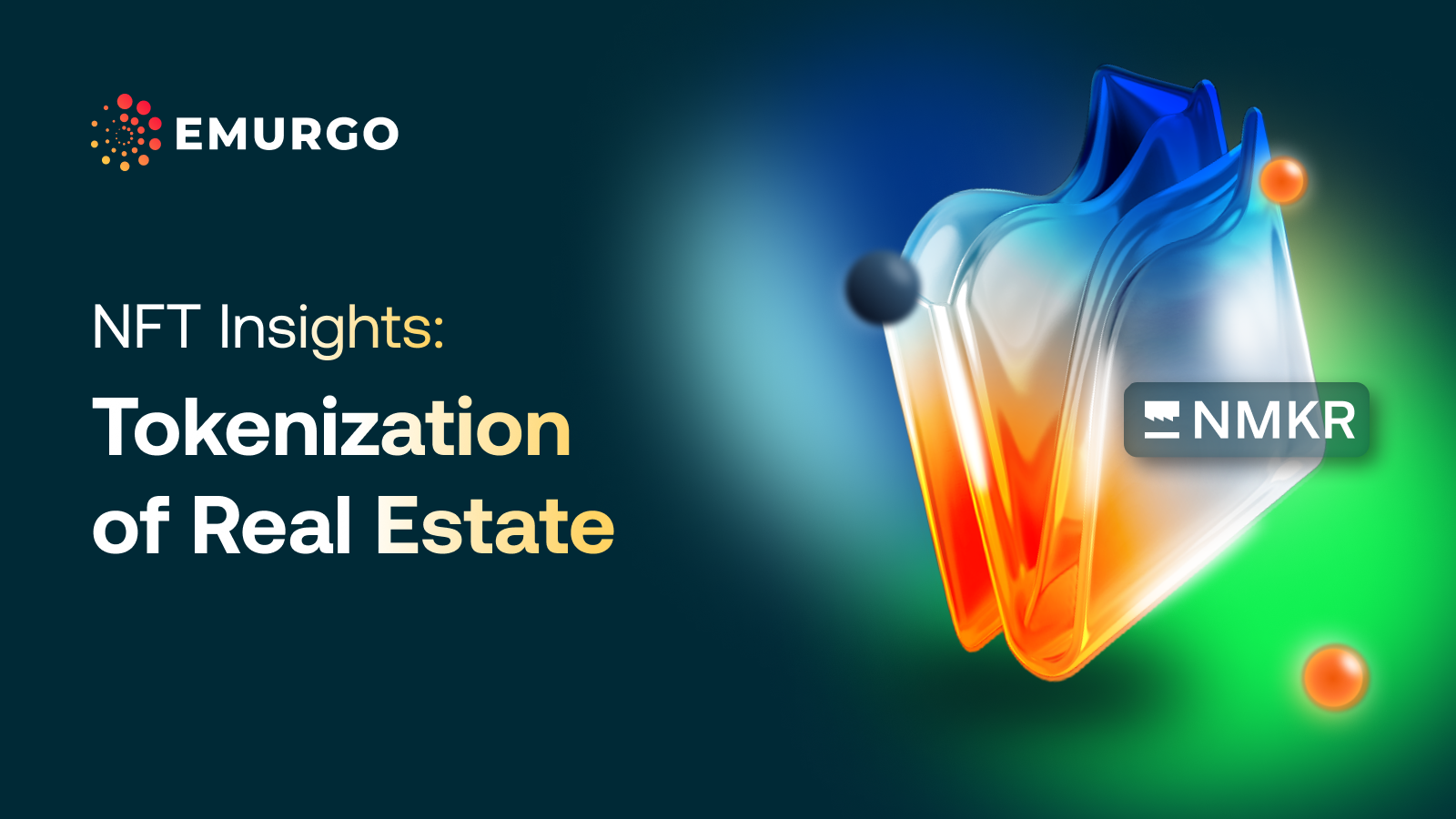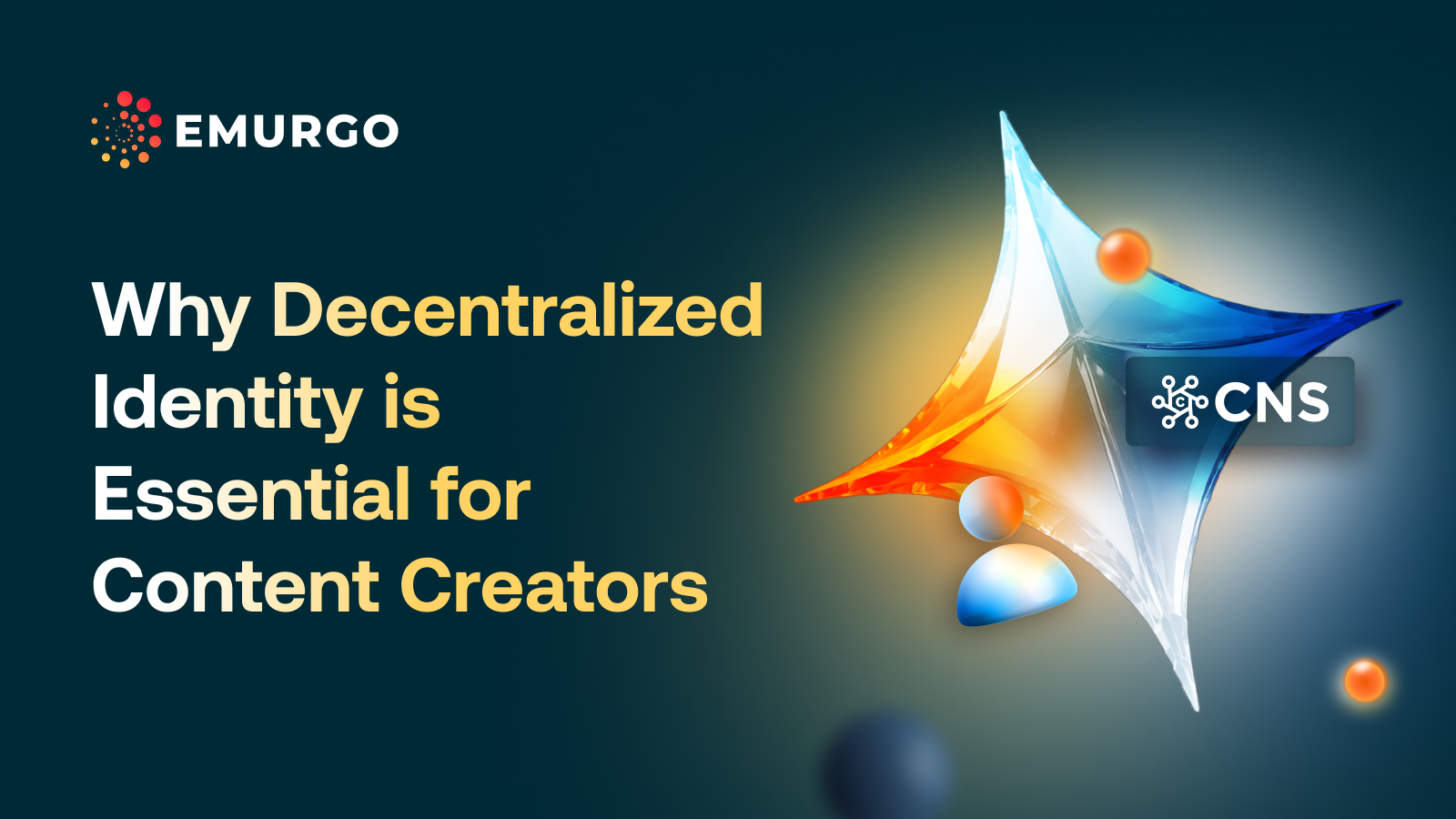There is an enormous market for luxury collectibles which is expanding. It’s estimated the global collectibles market is worth $372 billion and is poised to reach $522 billion by 2028. This has created an increasing demand for these assets by many collectors.
In some cases, collectors don’t buy these items because they are interested in the specific object. Rather, they purchase them expecting a return in the future.
However, this can be a complicated proposition, as the market for these luxury goods tends to be restricted to certain geographical markets and significantly reliant on private, personal transactions. This results in sellers facing potential difficulties in finding interested buyers close to where they are located and buyers unable to find sellers.
This presents another potential real use case for asset tokenization, where NFTs and blockchain technology can offer a viable solution to buyers and sellers of luxury collectibles.
Luxury collectibles are a category that covers many types of items like handbags, sneakers, watches, toys, jewelry, and other things. This range of diversity makes it a challenge to represent them under a single asset type.
Non-fungible tokens or NFTs present a real solution to this challenge. Each item can be represented as an NFT and relevant collectible information can be recorded in the metadata of the NFT. Each record ensures the item is unique or part of a larger collection.
Related reading:
One example is BearBrick, a series of collectibles. Each BearBrick is part of a collection that has limited units. Some collections are rarer than others, and there are also unique statues that are more expensive.
These collectibles have been tokenized from time to time. The company also created an NFT series, although the NFT is just an addition to the collectible, not a claim of ownership over the actual object.
Another example of tokenized luxury goods can be found in the sneakers market.
Recently, Adidas sold a collection of tokenized sneakers and managed to raise $22 million. This is a clear example of a major sporting brand adopting NFT technology and tokenization, which is attracting the attention of other big sporting brands.
Tokenization of physical objects requires an additional layer. This means having a third party hold or custody the items securely while the NFTs are used to trade the ownership of the collectible item.
Once a buyer wants to have ownership of the collectible, they can request the custodian to release the item to them. This would burn the NFT and remove it from the blockchain ledger, so it cannot be traded anymore.
All of this essential information including transaction history and manufacturer information would be included in the NFT metadata, transparent to potential buyers.
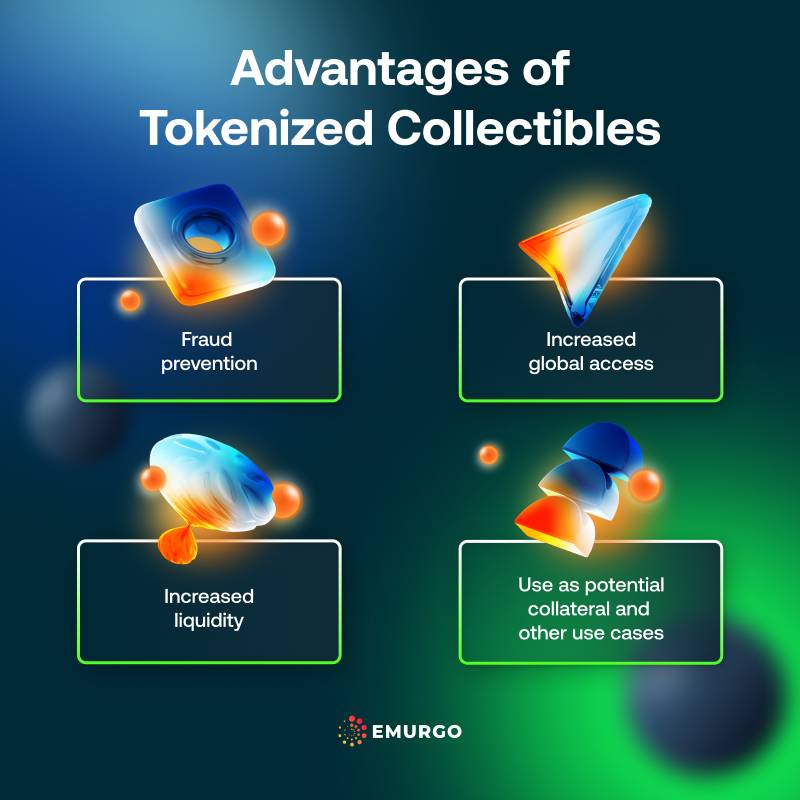
Currently, the market for collectibles has many issues. However, blockchain technology can now solve many of these issues. The advantages of tokenized collectibles are unique:
Fraud prevention: forgeries plague the collectibles market. For example, it’s estimated that a certain percentage of luxury watches are fake. Tokenization can combat this by recording the characteristics of each item in NFT metadata.
Geo-locked markets: physical goods are tied to their local markets. A collectible can be valuable, but if there are no buyers near the seller, then the value is immaterial. Tokenization can open up the collectibles markets, by allowing a global pool of buyers for NFTs of collectible assets.
Low liquidity: collectibles also suffer from low liquidity. This can be overturned by having the global market of the blockchain integrated with the sale of any collectible.
Untapped potential: collectibles are sometimes used as collateral to borrow money. However, there are cases where a shop takes advantage of the user and gives them a lowball offer amount for the item. In blockchain, NFTs can be used as collateral for loans and can be much fairer and more numerous than traditional methods.
One prime example of a real use case for asset tokenization is NMKR, an NFT and tokenization service leveraging the Cardano blockchain.
It has demonstrated a use case through its partnership with Tiamonds, which focuses on the tokenization of diamonds using NFTs. These can be traded over the Cardano blockchain while the actual diamond is locked and secured with a third-party custodian.
At any point, a holder of one of the Tiamonds NFTs can redeem the token for the actual physical diamond. At this point, the NFT representing that diamond is burned and removed from the supply. NMKR helped Tiamonds tokenize diamonds and sell them over the Cardano network.
Read more: How NMKR tokenized diamonds with Tiamonds
This was a specific instance of tokenization by NMKR, as they worked directly with the other project to craft the NFTs representing the diamonds.
NMKR plans to expand this model with more tools and features and launch a broader tokenization platform to enable more businesses to create tokens of real-world assets using NFTs.

Interested in learning more about real-world asset (RWA) tokenization using blockchain technology?
Then, follow EMURGO on X to receive future notifications about blogs and content.
About EMURGO
- Official Homepage: emurgo.io
- X (Global): @EMURGO_io
- YouTube: EMURGO channel
- Facebook: @EMURGO.io
- Instagram: @EMURGO_io
- LinkedIn: @EMURGO_io
Disclaimer
You should not construe any such information or other material as legal, tax, investment, financial, or other advice. Nothing contained herein shall constitute a solicitation, recommendation, endorsement, or offer by EMURGO to invest.
